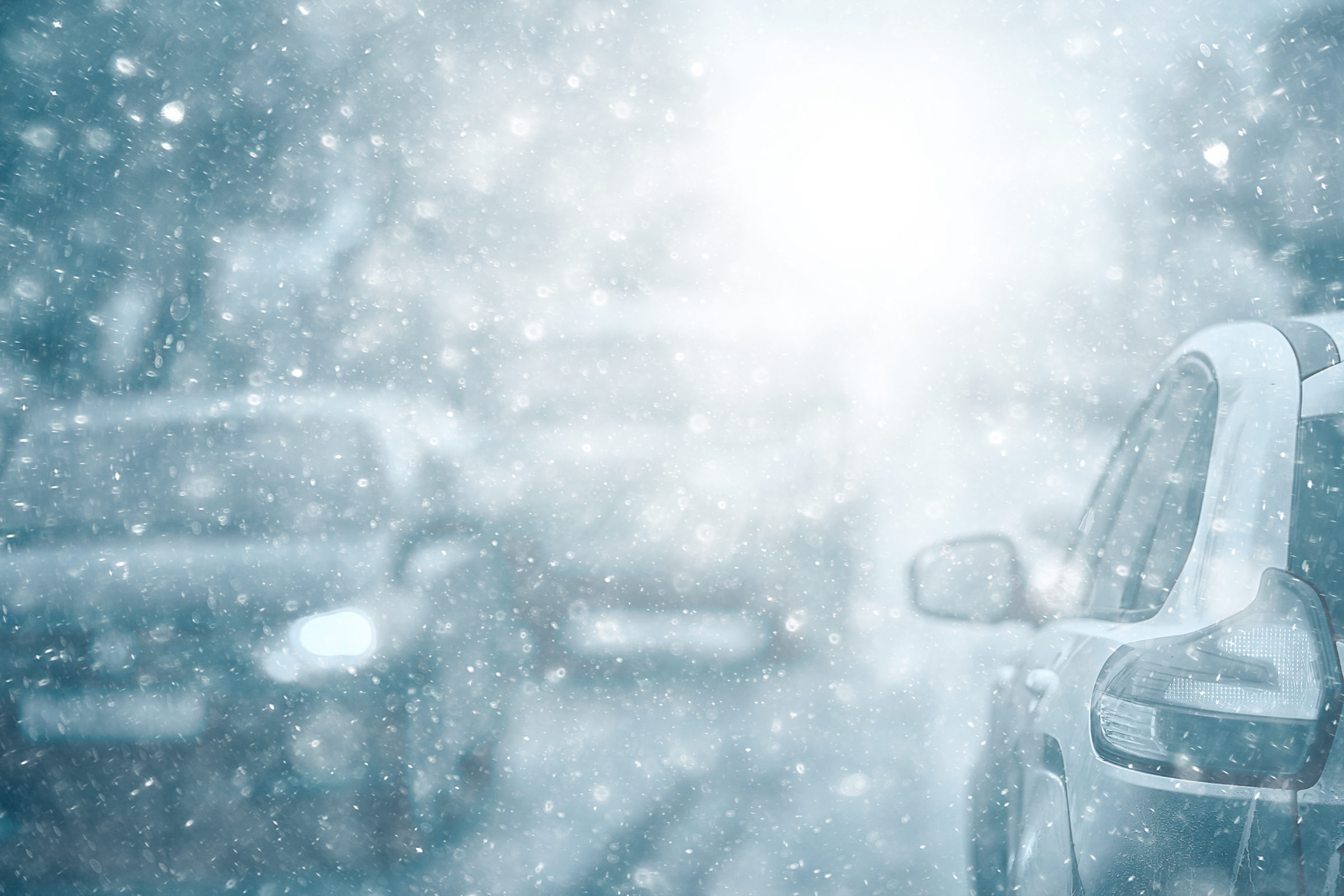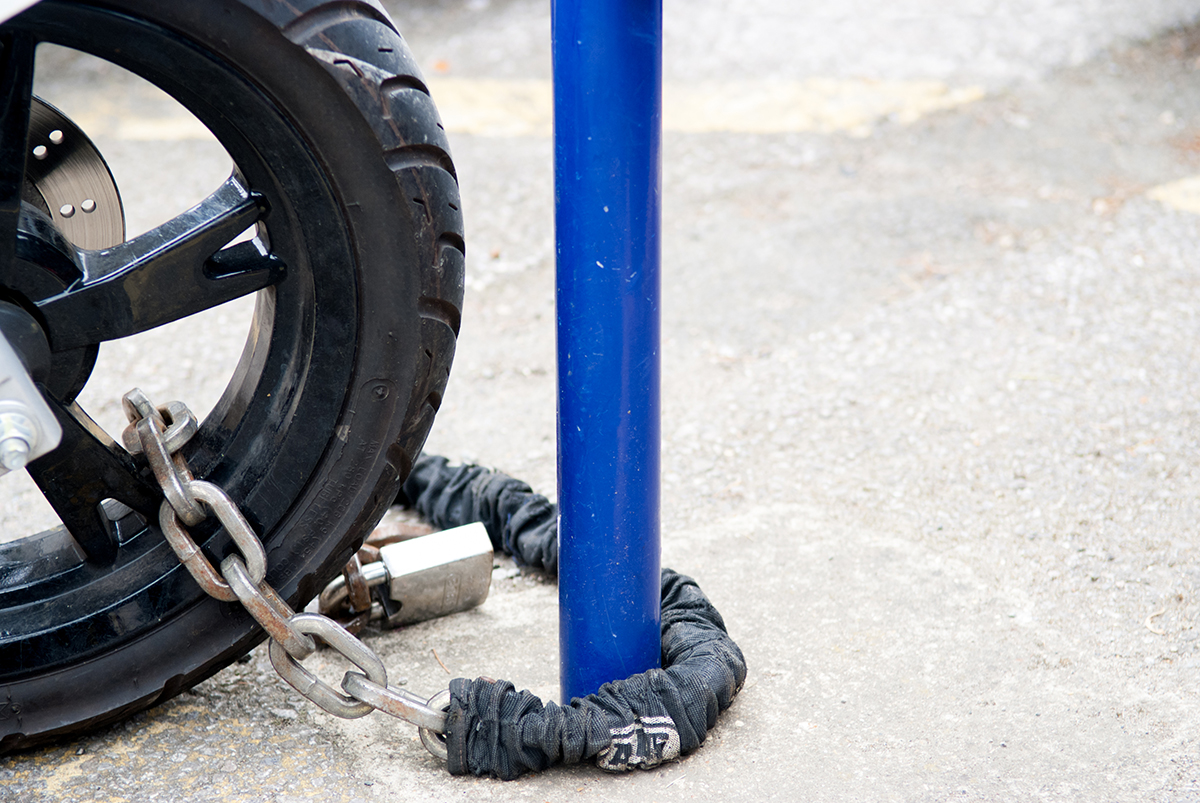As Americans, we spend a lot of time in our cars.
The average American drives around 26 miles and spends a little over an hour in their car every day. That means, on average, we spend over eighteen days a year in our cars!
But unfortunately, with all that time spent behind the wheel comes the risk of accidents — involving those with other drivers and those caused by weather conditions.
In fact, 77% of drivers have been in at least one accident. And although people tend to drive far less in the winter, 24% of weather-related accidents occur on snowy, slushy, or icy roads.
As you may know, whiteouts and black ice are the prime suspects in this statistic. So, to help you navigate them safely this holiday season, we’re going to cover some winter driving safety tips below.
And at the end of the article, we’ll share the fastest way to get help if you have a winter weather-related accident — no matter where you are in the United States.
Now, let’s get started with how to drive on black ice…
How to Drive on Black Ice Safely
Every year in the US, icy roads are involved in a staggering 156,000 car accidents.
The worst part about this data is that these crashes can happen whether the driver has experience navigating through extreme cold weather or not. Unfortunately, the circumstances are often out of our control.
That’s the thing about black ice. Most often, you won’t even be able to see it.
Black ice is a thin layer of ice that forms when moisture on the pavement freezes.
This moisture can come from snow melting from the sun or rising temperatures during the day, but rain can also create the perfect conditions for icy roads.
When the temperature drops back down below freezing, the leftover moisture will freeze to create that thin layer of black ice that makes the roads so slick and dangerous to drive on.
And the majority of the time, it’s transparent. That’s why it’s called “black” ice — because you can see through it to the black asphalt below.
So, how can you protect yourself and your precious cargo from this road hazard? Here are some must-know tips from weather.com:
- Keep your steering wheel straight. If you turn the wheel, you have a better chance of sliding and losing control of your vehicle.
- Don’t brake. Braking causes the vehicle to slide, especially if you brake too hard.
- Take your foot off the accelerator to reduce speed. It is best to let the car stop on its own if you have enough room in front of you.
How to Drive Through Whiteouts Safely
In simple terms, a whiteout is a blizzard with high wind speeds that can make it difficult or even impossible to see.
A quick look at the forecast before you hit the road can protect you from most of them, but an unexpected snowstorm can quickly turn into a whiteout while you’re out and about.
When you have little to no visibility, follow these winter driving safety tips to navigate safely:
- Slow down as much as you need to. Keep a healthy distance between you and the car in front of you to give yourself enough time to brake safely.
- If you can avoid it, don’t come to a complete stop, and don’t slam on your brakes. Stopping too fast can cause the car behind you to run into you and potentially lead to a nasty fender bender pileup.
- Make sure your low-beam headlights are on — they work better than high-beams during whiteouts.
- Don’t change lanes or pass other cars until visibility returns to normal.
- If your visibility drops to zero, pull off the road into a safe parking area if possible. Avoid stopping on the road shoulder as other cars may not be able to see you in front of them.
- Crank those windshield, rearview, and side-view mirror defrosters, and keep your front and rear wipers on until you’re clear of the whiteout.
- Do your best to stay calm and patiently wait out the storm.
Skip the Phone Call & Get Emergency Help Instantly With Rescu
Getting caught driving through a whiteout is bad enough, but if for whatever reason your car stops working or ends up stuck in the snow, having emergency supplies on hand can save your life.
For an in-depth list of emergency cold weather supplies to keep in your car — as well as some additional safety tips — you can check out our article from last week: “Quick Guide: How to Prepare for Unexpected, Extreme Cold Weather.”
Now, when it comes to getting the help you need in emergencies like these, nothing is faster than the Rescu app.
Instead of talking with a dispatcher, all Rescu requires you to do is tap which service you need (fire, police, or ambulance), tap “Send Alert,” and Rescu’s private dispatch center will send emergency responders to your exact location right away.
This process will not only save you time, but it’ll also save you the trouble of trying to explain where you are and what’s going on while your life is in danger.
But if you feel up to it and you can spare the battery life, the Rescu app allows you to call or text with your dispatcher to explain your situation.
When you don’t have time to waste, Rescu will save it for you.
Click below to give the Rescu app a try today. Our GPS-powered subscription starts at just $10 a month!





